Worried About Letting Your Cat Out? These 15 Tips Will Ease Your Mind
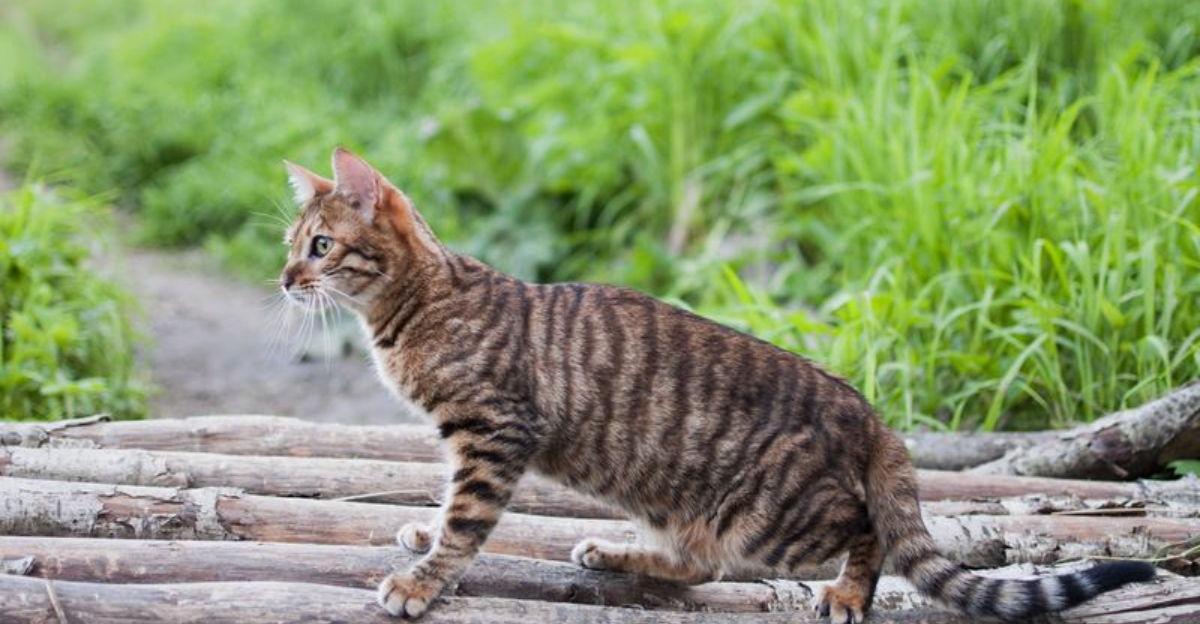
Watching your feline friend step outside for the first time can trigger a rollercoaster of emotions. Will they come back? Are they safe from dangers lurking around the corner?
Many cat owners struggle with this dilemma, torn between allowing natural exploration and ensuring their beloved pet’s safety. These practical tips will help transform your worries into confidence as your cat enjoys outdoor adventures.
1. Microchip Your Furry Explorer

A tiny chip makes a world of difference if your adventurous feline wanders too far. Veterinarians can implant this rice-sized device in seconds, creating a permanent ID that can’t fall off like collars.
When scanned at shelters or clinics, the chip reveals your contact information, dramatically increasing reunion chances. Many owners report miraculous reunions years after disappearances!
2. Collar Bells Sound The Alarm

Jingle bells on collars serve dual purposes for outdoor kitties. Wildlife gets a fighting chance when they hear your cat approaching, protecting local birds and small creatures from your skilled hunter.
As a bonus, you’ll always know your cat’s location by following the cheerful tinkling sound. Choose lightweight bells that won’t bother your cat but still produce enough noise to serve their purpose.
3. Gradual Introduction To The Great Outdoors
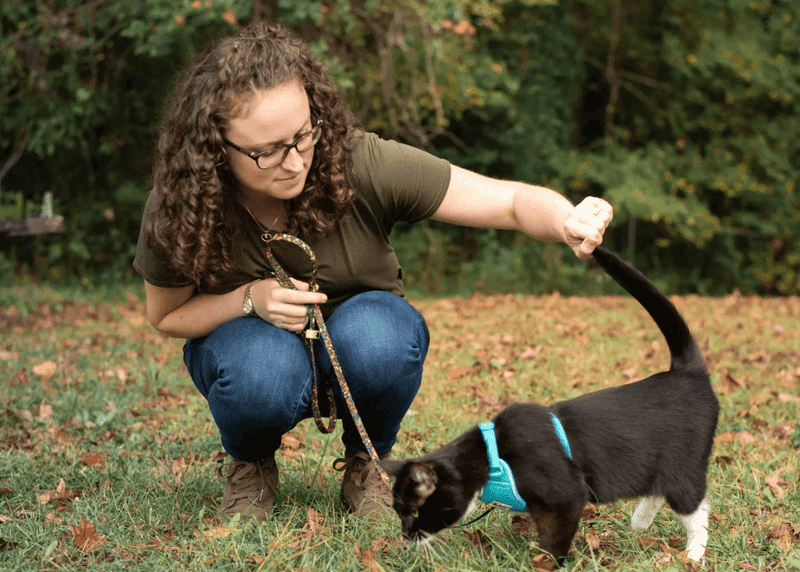
Rush hour isn’t the ideal time for your cat’s first outdoor adventure. Start with quiet morning sessions when traffic and neighborhood activity remain minimal.
Accompany your cat initially, staying in your yard for short 10-15 minute explorations. Gradually increase time as confidence builds for both of you. This slow approach prevents overwhelming your cat while letting you gauge their outdoor behavior patterns.
4. Create A Catio Paradise

Blend the best of both worlds with a custom outdoor enclosure. Catios range from simple window boxes to elaborate backyard structures complete with climbing shelves, plants, and lounging spots. Your cat enjoys fresh air, sunshine, and environmental stimulation while remaining safely contained. DIY options exist for budget-conscious owners, while prefab kits offer quick setup for those less handy with tools.
5. Establish A Reliable Recall Routine

Food motivates even the most independent cats. Create a consistent sound—like shaking treats or using a specific whistle—before each feeding time while indoors.
Your cat will soon associate that distinct sound with mealtime. When they’re outside and you need them to return, the familiar signal triggers their food response. Consistency proves key; use the same sound and reward every single time.
6. Weather-Proof Your Release Schedule

Extreme weather poses serious risks to outdoor cats. Scorching summer days can cause heatstroke while winter brings hypothermia dangers, especially for short-haired breeds. Develop a seasonal schedule, allowing outdoor time during moderate morning hours in summer and sunny afternoons in winter. Rain presents slipping hazards and reduces visibility, making it wise to keep kitty indoors during downpours.
7. Know Your Neighborhood Threats
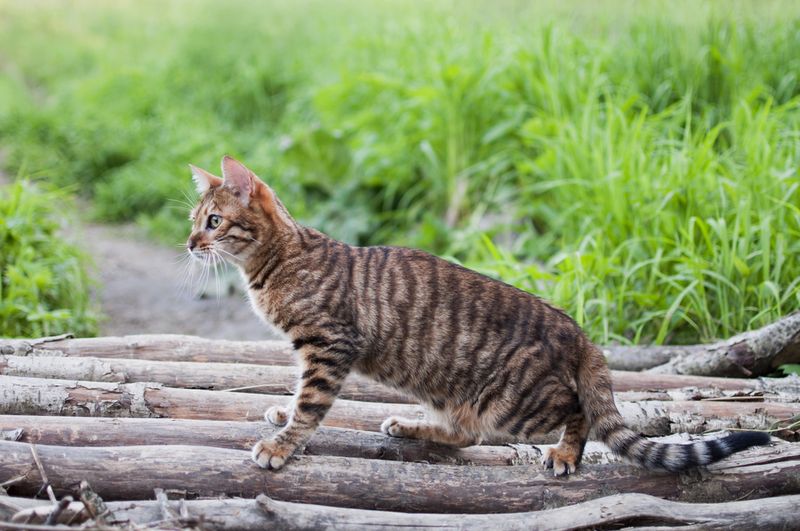
Every area has unique dangers worth investigating before your cat ventures out. Survey for busy roads, aggressive dogs, wildlife predators, or neighbors using harmful lawn chemicals. Apartment dwellers should check balconies for escape routes cats might discover.
Rural cat owners need awareness of predators like coyotes or foxes. Understanding local risks helps establish appropriate boundaries and supervision levels for your specific situation.
8. Vaccinations Become Non-Negotiable

Outdoor adventures expose your cat to disease-carrying critters they’d never encounter indoors. Beyond standard shots, outdoor cats need protection against feline leukemia, which spreads through direct contact with infected cats. Discuss regional risks with your vet, who might recommend additional vaccinations based on local disease prevalence. Regular boosters maintain immunity levels as your cat continues exploring the wider world.
9. Regular Parasite Prevention Matters
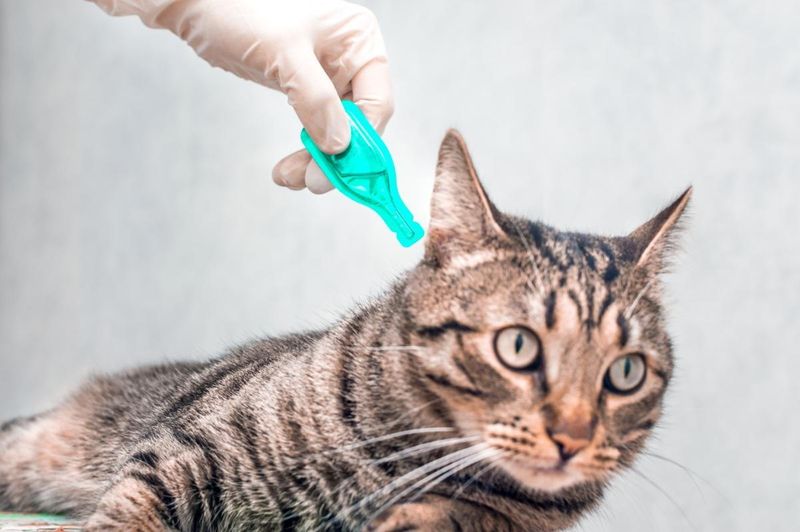
Fleas, ticks, and worms eagerly await your outdoor explorer. Monthly preventative treatments create an invisible shield against these unwelcome hitchhikers.
Topical solutions applied between shoulder blades offer convenient protection. Check your cat regularly for ticks after outdoor sessions, especially around ears and between toes. Consistent parasite prevention protects not just your cat but prevents bringing these pests into your home.
10. Spay Or Neuter Before Freedom

Unfixed cats roam farther seeking mates, dramatically increasing their accident risk. Males might travel miles pursuing females, crossing dangerous roads and encountering territorial rivals.
Females face pregnancy risks and attract multiple suitors, creating noisy confrontations in your yard. Beyond preventing unwanted litters, spaying/neutering reduces roaming instincts and aggressive behaviors, keeping your outdoor cat closer to home base.
11. Install A Pet Door With Restrictions
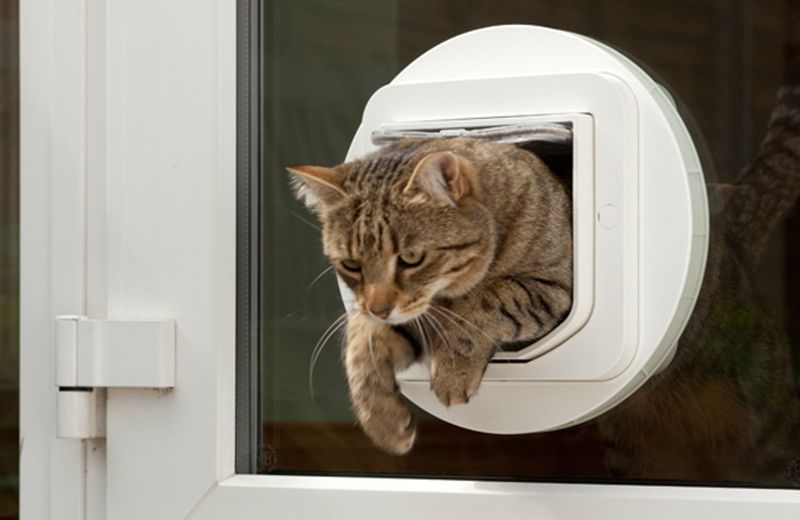
Modern pet doors offer remarkable control over your cat’s comings and goings. Microchip-activated models only open for your registered pet, preventing neighborhood strays from entering.
Timer-controlled options lock automatically during nighttime hours when predators become more active. Some even connect to smartphone apps, letting you monitor usage patterns or temporarily restrict access while you’re away from home.
12. Create A Safe Outdoor Territory

Cats thrive with established boundaries they recognize as home base. Plant cat-friendly herbs like catnip, catmint, or valerian in your yard to encourage staying close.
Strategic shelves or perches along fences provide observation posts cats naturally prefer. Placing your cat’s scent around property edges by rubbing cloth on their face and transferring to fence posts helps mark territory boundaries they’ll respect.
13. Nighttime Indoors Policy

Darkness brings heightened dangers for outdoor cats. Nocturnal predators become active while cars have reduced visibility, significantly increasing accident risks. Establish a consistent evening routine calling your cat inside before sunset.
Offering a special nighttime treat creates positive reinforcement for returning. Some owners find success with automatic feeders programmed for evening meals, encouraging punctual returns.
14. GPS Tracking For Peace Of Mind

Modern technology offers real-time location monitoring for adventurous felines. Lightweight GPS trackers attach to collars, sending location data directly to smartphone apps. Set virtual boundaries that trigger alerts if your cat wanders beyond established safe zones.
Battery life typically ranges from 2-5 days depending on models. While slightly pricier than other safety measures, the reassurance of knowing exactly where your cat roams proves invaluable.
15. Neighborhood Communication Network

Fellow pet owners become valuable allies in keeping your cat safe. Exchange contact information with neighbors, creating an informal watch network. Share a recent photo of your cat so others recognize your pet if spotted wandering too far.
Many neighborhoods have social media groups perfect for quick alerts about loose pets. This community approach multiplies the eyes watching out for your beloved feline.






